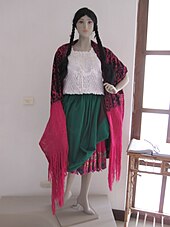Cholo
|
Read other articles:

Royal London Watches Grand PrixTournament informationDates11–19 October 2008 (2008-10-11 – 2008-10-19)VenueS.E.C.C.CityGlasgowCountryScotlandOrganisationWPBSAFormatRanking eventTotal prize fund£523,100Winner's share£75,000Highest break Marco Fu (HKG) (139)FinalChampion John Higgins (SCO)Runner-up Ryan Day (WAL)Score9–7← 2007 2009 → Snooker tournament The 2008 Royal London Watches Grand Prix was a professional ranking snooker t…
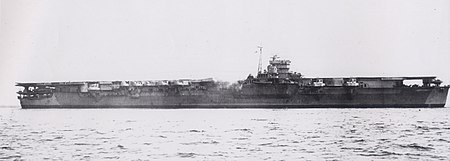
WWII Japanese ship class Unryū, 16 July 1944 Class overview NameUnryū class Builders Yokosuka Naval Arsenal Mitsubishi Shipyard, Nagasaki Kure Naval Arsenal Kawasaki Shipyard, Kobe Operators Imperial Japanese Navy Preceded byTaihō Succeeded byProject Number G18 [jp] (planned) Subclasses Unryū (Ship #302 and 5001–5006) Ikoma (Ship #5007–5015) Cost 87,039,000 JPY in 1941[1] 93,442,000 JPY in 1942[2] Built1942–45 In commission1944–45 Planned1 (1941…
2020年夏季奥林匹克运动会马来西亚代表團马来西亚国旗IOC編碼MASNOC马来西亚奥林匹克理事会網站olympic.org.my(英文)2020年夏季奥林匹克运动会(東京)2021年7月23日至8月8日(受2019冠状病毒病疫情影响推迟,但仍保留原定名称)運動員30參賽項目10个大项旗手开幕式:李梓嘉和吳柳螢(羽毛球)[1][2]閉幕式:潘德莉拉(跳水)[3]獎牌榜排名第74 金牌 銀牌 銅牌 �…

Protein-coding gene in the species Homo sapiens HLA-CAvailable structuresPDBHuman UniProt search: PDBe RCSB List of PDB id codes3BZF,%%s4NT6,%%s1EFX,%%s1IM9, 1QQDIdentifiersAliasesHLA-C, D6S204, HLA-JY3, HLC-C, PSORS1, major histocompatibility complex, class I, C, MHCExternal IDsOMIM: 142840 HomoloGene: 133080 GeneCards: HLA-C Gene location (Human)Chr.Chromosome 6 (human)[1]Band6p21.33Start31,268,749 bp[1]End31,272,130 bp[1]RNA expression patternBgeeHumanMouse (ortholog)T…

Військово-музичне управління Збройних сил України Тип військове формуванняЗасновано 1992Країна Україна Емблема управління Військово-музичне управління Збройних сил України — структурний підрозділ Генерального штабу Збройних сил України призначений для плануван�…

Buddhism Template‑classThis template falls within the scope of WikiProject Buddhism, an attempt to promote better coordination, content distribution, and cross-referencing between pages dealing with Buddhism. If you would like to participate, please visit the project page for more details on the projects.BuddhismWikipedia:WikiProject BuddhismTemplate:WikiProject BuddhismBuddhism articlesTemplateThis template does not require a rating on Wikipedia's content assessment scale. Japan Template‑cl…
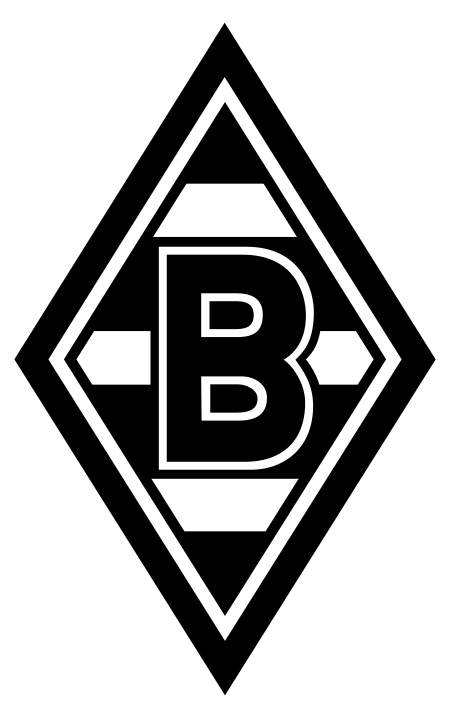
Football club in Germany Football clubBorussia Mönchengladbach IIFull nameBorussia VfL 1900 Mönchengladbach e.V.GroundGrenzlandstadionCapacity10,000ManagerArie van LentLeagueRegionalliga West (IV)2021–22Regionalliga West (IV), 13th Home colours Away colours Third colours Borussia Mönchengladbach II is a German association football club from the town of Mönchengladbach, North Rhine Westphalia. It is the reserve team of Borussia Mönchengladbach. The team's greatest success has been promotio…

بالم سبرينغس الإحداثيات 33°49′26″N 116°31′49″W / 33.823888888889°N 116.53027777778°W / 33.823888888889; -116.53027777778 [1] تقسيم إداري البلد الولايات المتحدة[2][3] التقسيم الأعلى مقاطعة ريفيرسايد خصائص جغرافية المساحة 246.3 كيلومتر مربع245.984242 كيلومتر مربع (1 أبريل…

Television show filmed in Vancouver Human TargetGenre Action Drama Spy fiction Based onChristopher Chanceby Len WeinCarmine InfantinoDeveloped byJonathan E. SteinbergStarring Mark Valley Chi McBride Jackie Earle Haley Indira Varma Janet Montgomery Theme music composer Bear McCreary (season 1) Tim Jones (season 2) Opening themeTheme from Human TargetComposers Bear McCreary (season 1) Tim Jones (season 2) Country of originUnited StatesOriginal languageEnglishNo. of seasons2No. of episodes25Product…
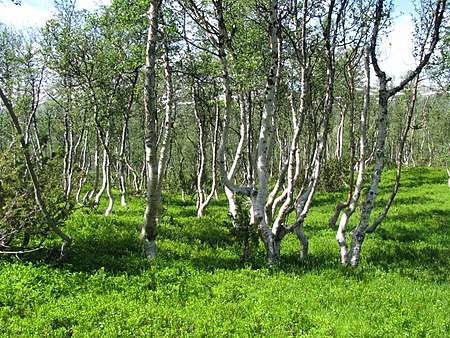
Ecosystems found in mountains A subalpine lake in the Cascade Range, Washington, United States Montane ecosystems are found on the slopes of mountains. The alpine climate in these regions strongly affects the ecosystem because temperatures fall as elevation increases, causing the ecosystem to stratify. This stratification is a crucial factor in shaping plant community, biodiversity, metabolic processes and ecosystem dynamics for montane ecosystems.[1] Dense montane forests are common at …
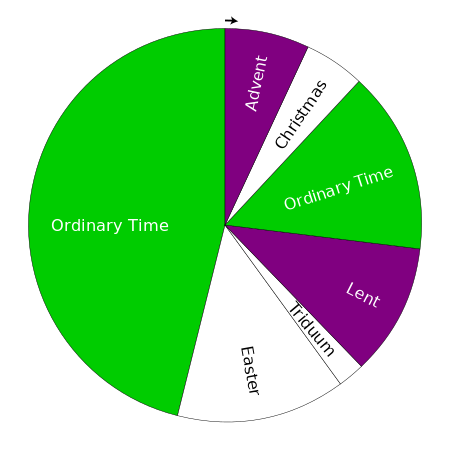
Ikon Transfigurasi oleh Feofan Grek, abad ke-15 Perayaan Transfigurasi Yesus (dikenal juga sebagai Pesta Yesus menampakkan Kemuliaan-Nya) dirayakan oleh berbagai denominasi Kristen. Asal usul perayaan mungkin berasal dari dedikasi tiga basilika di Gunung Tabor.[1] Perayaan ini hadir dalam berbagai bentuk sejak abad ke-9, dan di Gereja Barat dibuat universal 6 Agustus oleh Paus Kallistus III untuk memperingati Pengepungan Belgrade (1456).[2] Di Ortodoks Suriah, Ortodoks India, Kal…

List of self-declared socialist states This article is about self-proclaimed socialist states. For countries governed by Marxist–Leninist communist parties, see Communist state. Part of a series onSocialism HistoryOutline Development Age of the Enlightenment French Revolution Revolutions of 1848 Socialist calculation debate Socialist economics Ideas Calculation in kind Collective ownership Cooperative Common ownership Critique of political economy Economic democracy Economic planning Equal lib…

Zoológico Nacional de Chile Interior del zoólogico, julio de 2008Fecha de inauguración 12 de diciembre de 1925Localización Parque metropolitano de Santiago, Chile.Área 4,8 hectáreas.Coordenadas 33°25′47″S 70°38′03″O / -33.42972222, -70.63416667Número de animales 1000Número de especies 158Acreditación/Afiliación Asociación Latinoamericana de Parques Zoológicos y Acuarios, ALPZA World Association of Zoos and Aquariums, WAZASitio web[editar datos en Wikida…

2018 Canadian Grand Prix Race 7 of 21 in the 2018 Formula One World Championship← Previous raceNext race → Layout of the Circuit Gilles VilleneuveRace details[1]Date 10 June 2018Official name Formula 1 Grand Prix Heineken du Canada 2018Location Circuit Gilles VilleneuveMontreal, Quebec, CanadaCourse Street circuitCourse length 4.361 km (2.710 miles)Distance 68 laps, 296.548 km (184.266 miles)Scheduled distance 70 laps, 305.270 km (189.686 miles)Weather Temperature…

Untuk kegunaan lain, lihat Neptunus (disambiguasi).Neptunus Neptunus dari wahana Voyager 2PenemuanDitemukan olehUrbain Le Verrier Johann GalleTanggal penemuan23 September 1846[1]PenamaanPelafalan/ˈnɛptjuːn/ simakⓘ[2]Kata sifat bahasa InggrisNeptunianCiri-ciri orbit[7]Epos J2000Aphelion4.553.946.490 km30,44125206 saPerihelion4.452.940.833 km29,76607095 saSumbu semimayor4.503.443.661 km30,10366151 saEksentrisitas0,01121…

1983 UK local government election This article needs additional citations for verification. Please help improve this article by adding citations to reliable sources. Unsourced material may be challenged and removed.Find sources: 1983 Bristol City Council election – news · newspapers · books · scholar · JSTOR (March 2020) (Learn how and when to remove this message) 1983 Bristol City Council election ← 1979 5 May 1983 1984 → All 68 sea…

Untuk daftar lengkap permainan video dimana Mario muncul, lihat Daftar permainan video yang menampilkan Mario. MarioLambang topi Mario yang umumnya digunakan dalam serial tersebut.Aliran Petualangan Edutainment Partai Platform Teka-teki Balap RPG Olahraga PenerbitNintendoPembuatShigeru MiyamotoPelantar pertamaArkadeTahun dimulainya1981Terbitan pertamaDonkey Kong9 Juli 1981Terbitan terakhirSuper Mario 3D World + Bowser's Fury12 Februari 2021Laman web resmimario.nintendo.com Waralaba Mario adalah …

Predominantly Spanish-speaking countries of North and South America Not to be confused with Spanish (disambiguation), Spanish America, Spanish North America, Spanish American, Hispanic, Hispanic American, or Hispanic and Latino American. Map of countries that make up Hispanic America The region known as Hispanic America (Spanish: Hispanoamérica or América Hispana) and historically as Spanish America (América Española) is all the Spanish-speaking countries of the Americas.[1][2 …

This article includes a list of references, related reading, or external links, but its sources remain unclear because it lacks inline citations. Please help improve this article by introducing more precise citations. (August 2020) (Learn how and when to remove this message) Méribel Ice Palace is an indoor ice hockey arena in Méribel, France. It was built in 1991 and held 8,000 people when it opened. The ice hockey games from the 1992 Winter Olympics were held at this arena. After the Olympics…

Questa voce sull'argomento calciatori burkinabé è solo un abbozzo. Contribuisci a migliorarla secondo le convenzioni di Wikipedia. Abdoul KontougomdeNazionalità Burkina Faso Calcio Ruoloportiere Termine carriera2007 CarrieraSquadre di club1 2000-2007 USFAN? (-?) Nazionale 2001-2002 Burkina Faso2 (-1+) 1 I due numeri indicano le presenze e le reti segnate, per le sole partite di campionato.Il simbolo → indica un trasferimento in prestito. Modifica dati su Wikidata …


